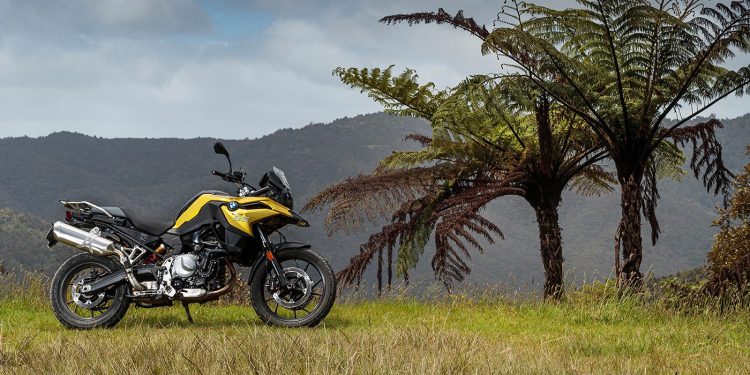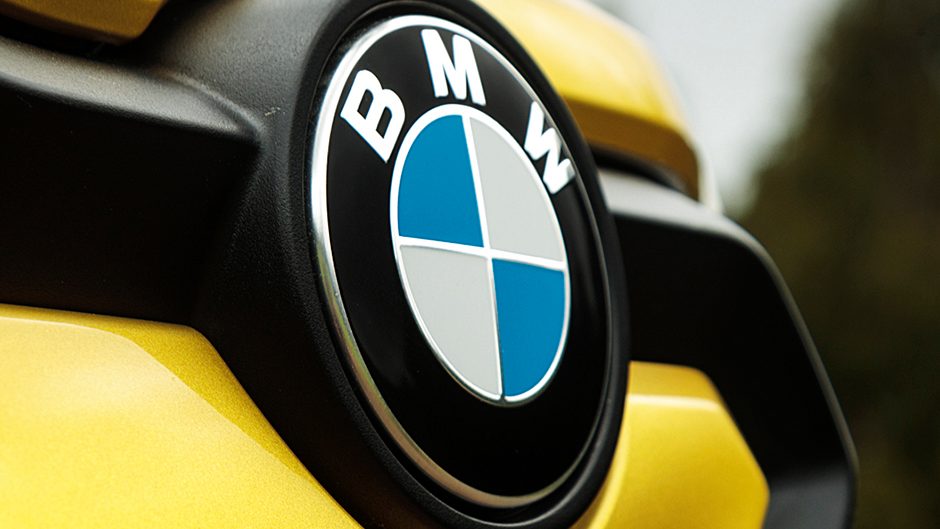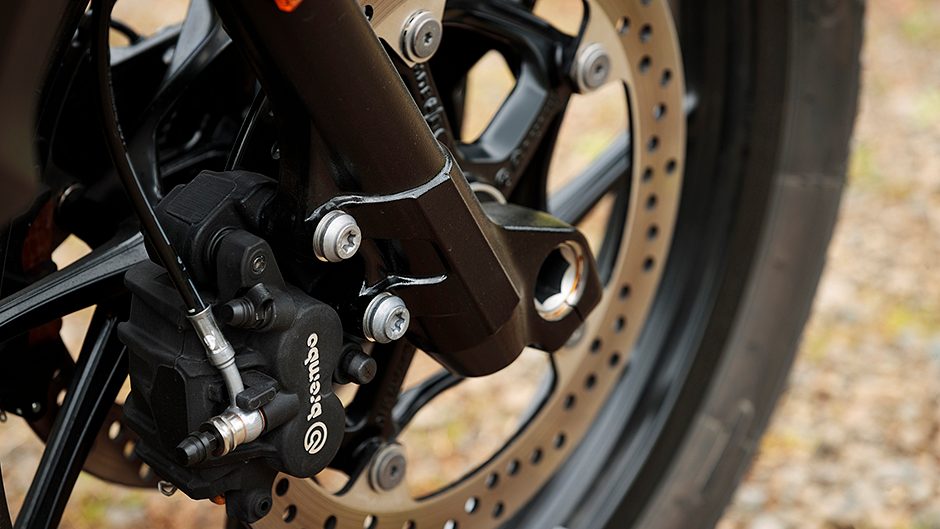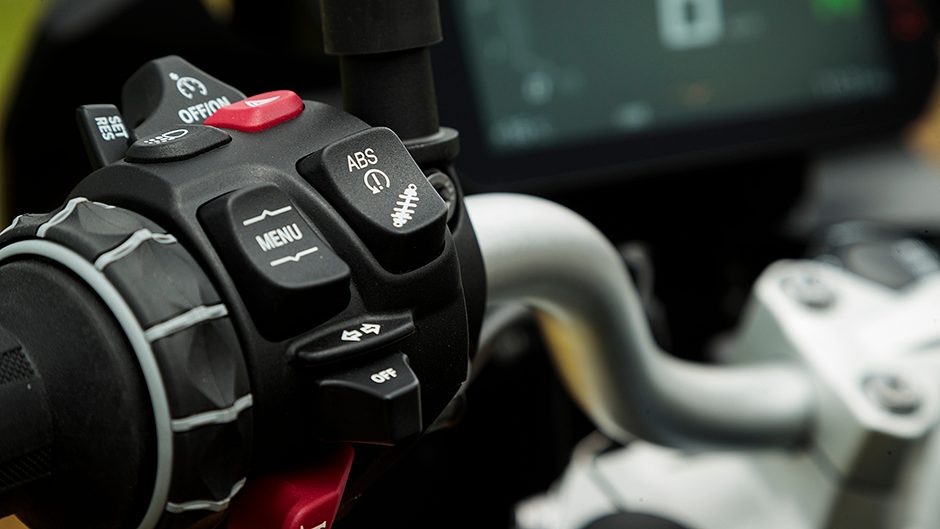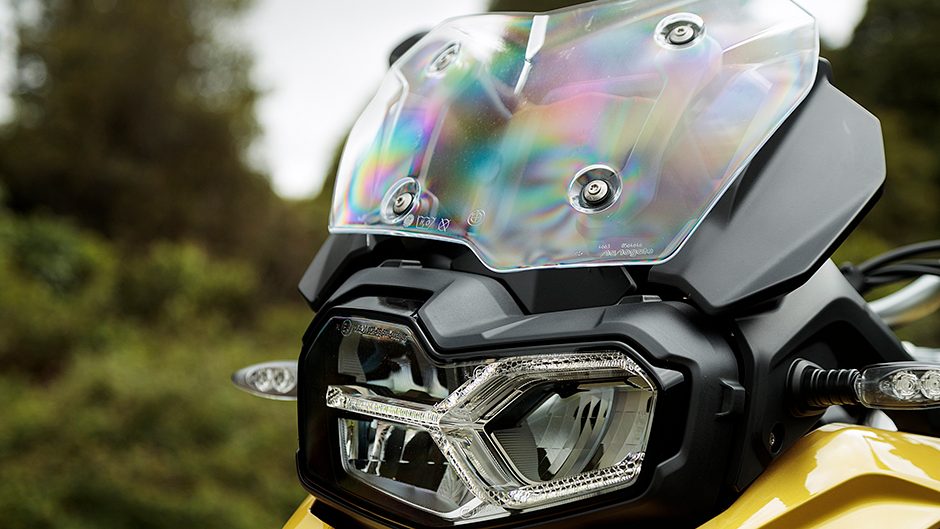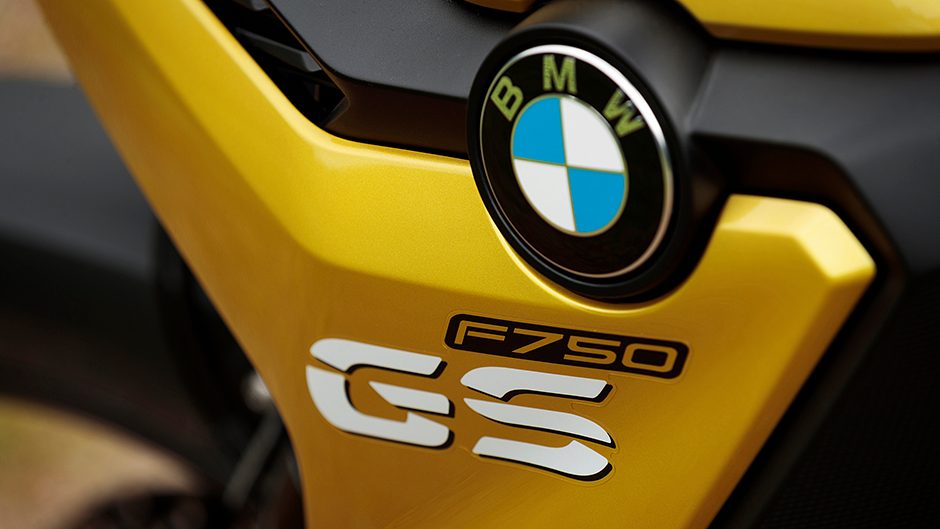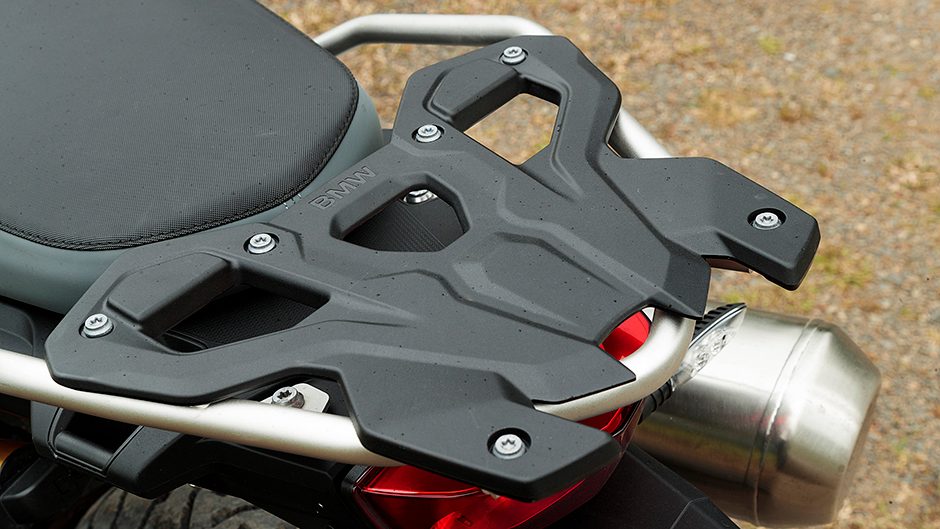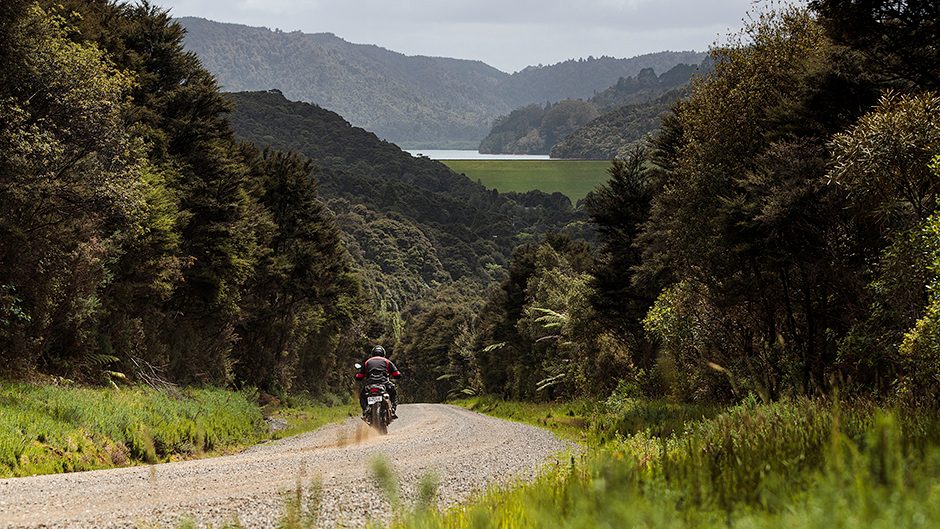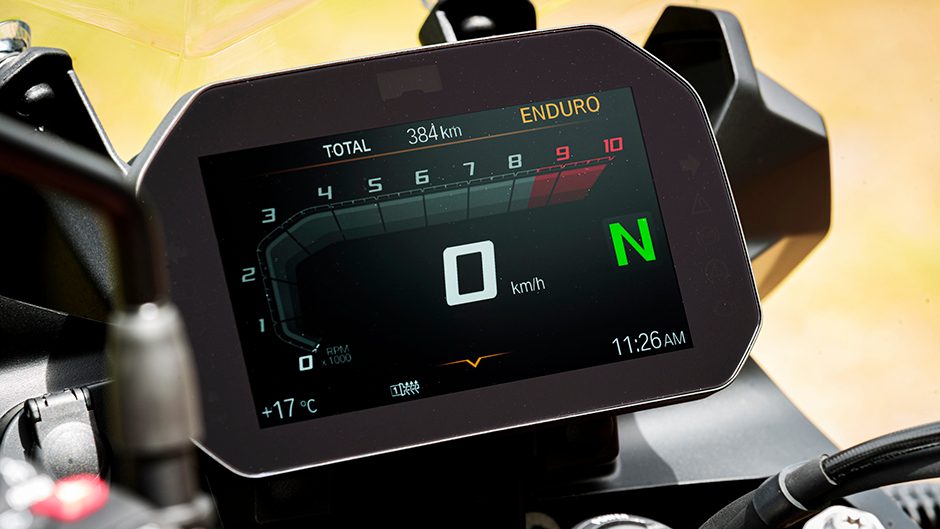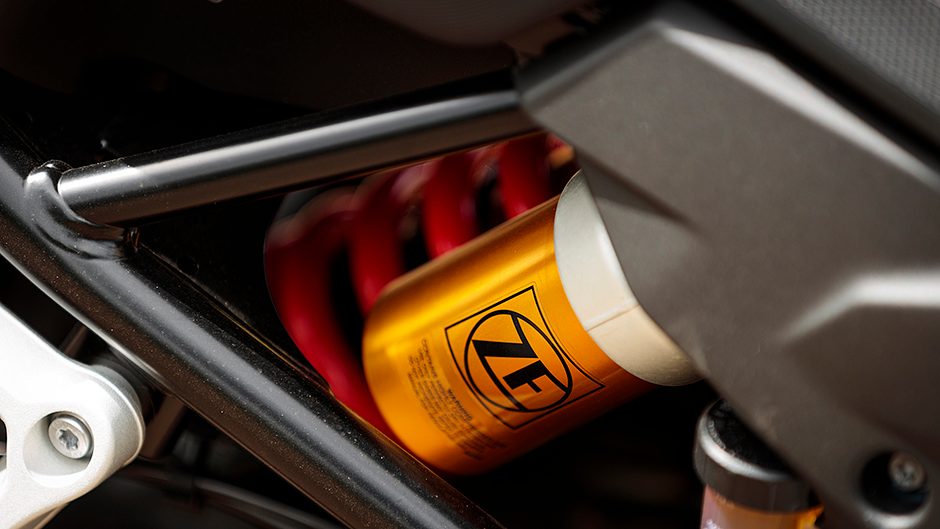2019 BMW F 750 GS review
Words Peter Louisson | Photos Tom Gasnier
So the R 1200 GS is BMW’s most popular bike but is it the best for actual dual purpose work? We’d suggest it’s smaller sib might be.
We really liked the second-gen F 850 GS but it’s little brother, which uses a detuned version of the 850 mill, might just about be even better.
Back when we attended the midyear launch of the GS range, we felt the F 750 GS might represent superior value because it didn’t seem much different for performance or specification compared with the F 850 GS and it was going for $2k less ($23,990). Early on it was also outselling the F 850 GS. Mind you, people often make the stretch to the bigger model just because, in the scheme of things, it isn’t that much more expensive. On the other hand, the power and torque figures for the 750 are only down by about 10 units apiece, not that much really.
As you may be aware, they share the same engine, but the smaller bike’s output is electronically limited to 83Nm (92Newts for the 850). Power output is 57kW (77hp), if memory serves to the 93 horses of the bigger boy.
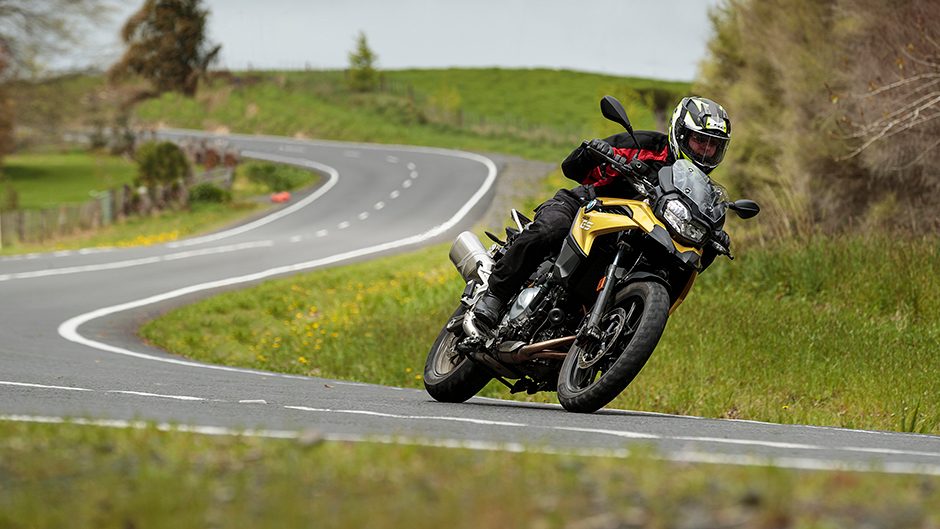
After riding the F 750 around, I’m not sure I could detect much of a performance deficit. Turns out that’s the case. There’s only 0.2sec difference between them for both the measures of acceleration we use. Oddly, it virtually apes the figures of the BMW 850i xDrive we also tested this month, both on the sprint and the overtake. Even more spooky is stopping distance. Cars always outbrake motorcycles, largely the result of having more rubber on the road, despite being roughly ten-fold as heavy. We found that the 850 – we’re talking the car here – steadfastly refused to do better than 36 point something metres, until the brakes were properly heated through. That’s what the F 750 also managed!
And that’s despite a front 110/90×19 front tyre. Most road bikes get 120/70x17s for a bit more stick. Secondly, the Michelin Anakee tyres are definitely better for street than dirt; nothing nobbly in the slightest about these. And they grip just fine too. Nor are the brakes even of the radial-mount type. So colour this an impressive performance on the retardation front.
On road, these brakes are powerfully reassuring. Plus there’s the usual safety back up of TC and ABS, the former quickly and easily defeatable on the move which is handy for off-road jaunts. When Charlie and Ewen tire of charging their Livewire mounts in the Andes during the Long Way Up adventure, they might seriously consider using the F 750 or 850 for the remainder of the trip. Cos Harley doesn’t have an adventure bike, at least not yet.
The engine itself is a rethink on the original. About the only similarity is the parallel twin design layout. It’s now a stressed member within a new frame, and has a completely different 270/450 degree firing order which gives it a gruffer note. It gets a more conventional twin balancer shaft too, and for the most part this engine is tingle free. Use the top end of the rev range and a few vibes get through but it’s another of the torque-rich designs from BMW. So using revs in the 4000-6000 range is ample for almost any eventuality. It’s turning an effortless 3800rpm at 100km/h, and fuel efficiency of under 5L/100km is possible unless you’re on it all the time.
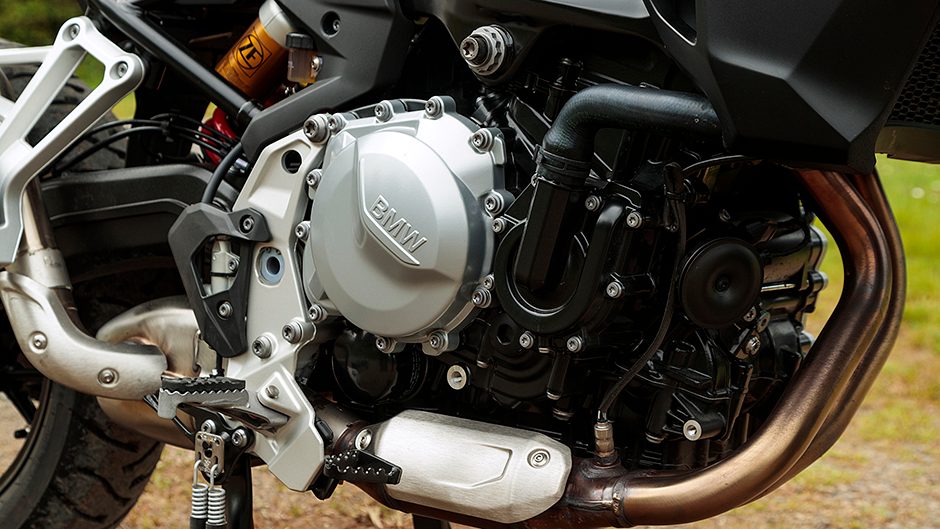
Up the ante to 4000rpm and you’re at 108km/h. It’s higher geared in the top three than before, and lower in the bottom three gears, better for acceleration and dirt work. The gearbox works well too, especially in the upwards direction where the quickshifter makes for seamless changes. It will also do the business downshifting without a clutch but we never bothered, given the changes feel smoother using the traditional method. Both clutch and brake levers are adjustable.
The prime difference between this and the F 850, engine output aside, is suspension, which is longer travel in the more expensive machine. So those who find the 850 a bit of a long shanks might well prefer the F 750 anyway. Both can have lower seats fitted. On that, the single piece unit unclips easily enough but is a bit of a trick to resite. By comparison, starting is simple – no key to slot in the ignition here, as it’s a smart device – and so too locking; just twist the bars left and push and hold the ignition button until the steering lock clicks. No key needed to unlock the tank flap either; just lift the latch. If the bike is locked, or the proximity key out of range you cannot.
Neither F bike is inexpensive but they come absolutely loaded with gear, with virtually all the options fitted except for luggage. Either bike would make a wicked tourer. That’s because both have electronic suspension at the rear. And that makes them ride in rather brilliant fashion. I had remarked that after the launch ride, I thought that Dynamic mode was the best of the bunch and that Normal was a bit too plush and uncontrolled but a ride on some of the more unkempt sealed roads around the outskirts of Auckland suggested otherwise. In the Normal mode ride comfort felt fine at open road speeds. Moreover, you can tailor the ride to suit, one up or one up with luggage, two up etc.
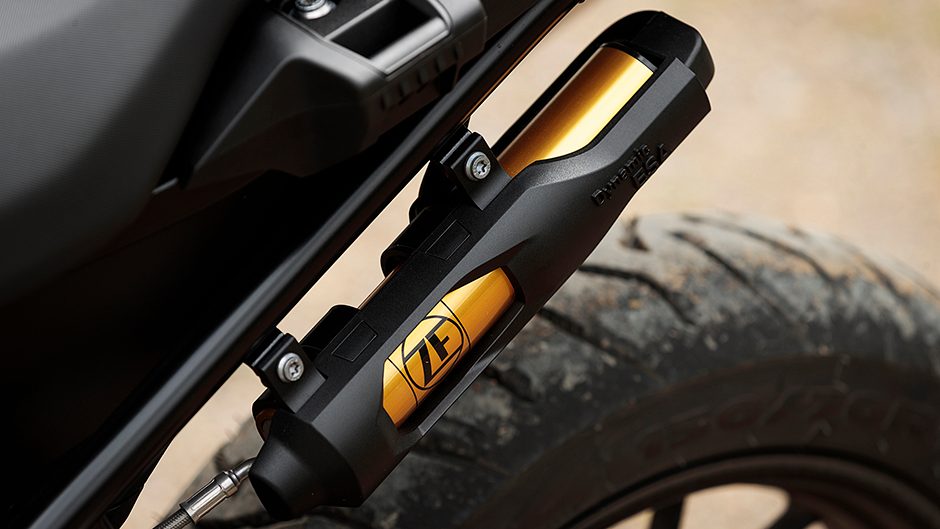
Stick it in Dynamic and you’re truly good to go though, at least on most roads that aren’t pocked and destroyed by the constant passage of multiwheeled trucker. On such roads this is grin-inducing fun. No, really truly. Its riding triangle feels natural, sorted, even after an hour in the comfy saddle, and it has a little fly screen set in front of the headlight that diverts just enough air to make it seem you’re not riding a naked bike. Likewise the bodywork sticks out enough to protect your legs.
The people who know about chassis stuff have imbued it with newfound confidence. They’ve relocated the underseat 15L tank north some, and this bike now has stability and agility in equal measure. On the day we rode this the most, it was howling a gale, which upset its composure scarcely at all. With the slightly raised bars this has just the most exquisite turn in too, almost light enough that it’s intuitive. Try as we might we couldn’t get the pegs to touch down either side, though the Anakees certainly weren’t to blame. That would be us being conservative with someone else’s bike. It does about-turns feet up like it was designed to, and you can take both hands off the grips at 100km/h and wobble the bike side to side with your knees and it just forges on regardless. Like we said, agility and stability both.
Hard to imagine this wouldn’t tour with the best of them, especially as it comes standard with a luggage rack, and all that suspension adjustability.
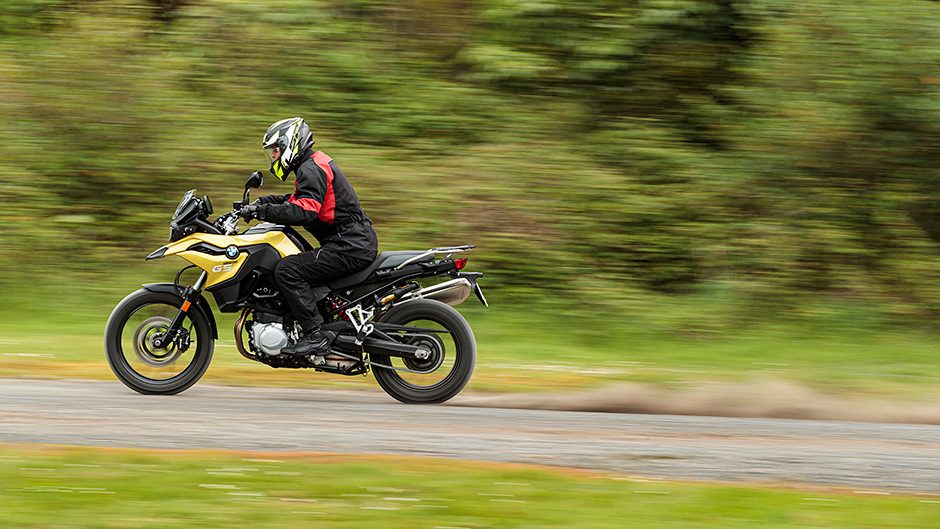
Other rather appealing standard features include a bright, crisp TFT screen with connectivity, LED lighting, a power outlet, easy-to-change engine modes, heated grips, and impossibly handy cruise control.
So this or the F 850 GS? After riding that we said “Fun as all get out on road…” and “as improvements go they don’t come much better”. Guess we rather like them both then. For off-road, go the taller F 850 GS. But for primarily on-road antics with a bit of exploratory off-road ability, the F 750 GS is amongst the most sorted out there.
| Model | BMW F 750 GS | Price | $23,990 |
| Engine | 853cc liquid cooled fuel injected IL2, 57kW/83Nm | Drivetrain | 6-speed, chain final drive |
| 0-100km/h | 3.85sec | 100-0km/h | 36.57m |
| 80-120km/h | 2.54sec (73m) | Weight | 224kg |


